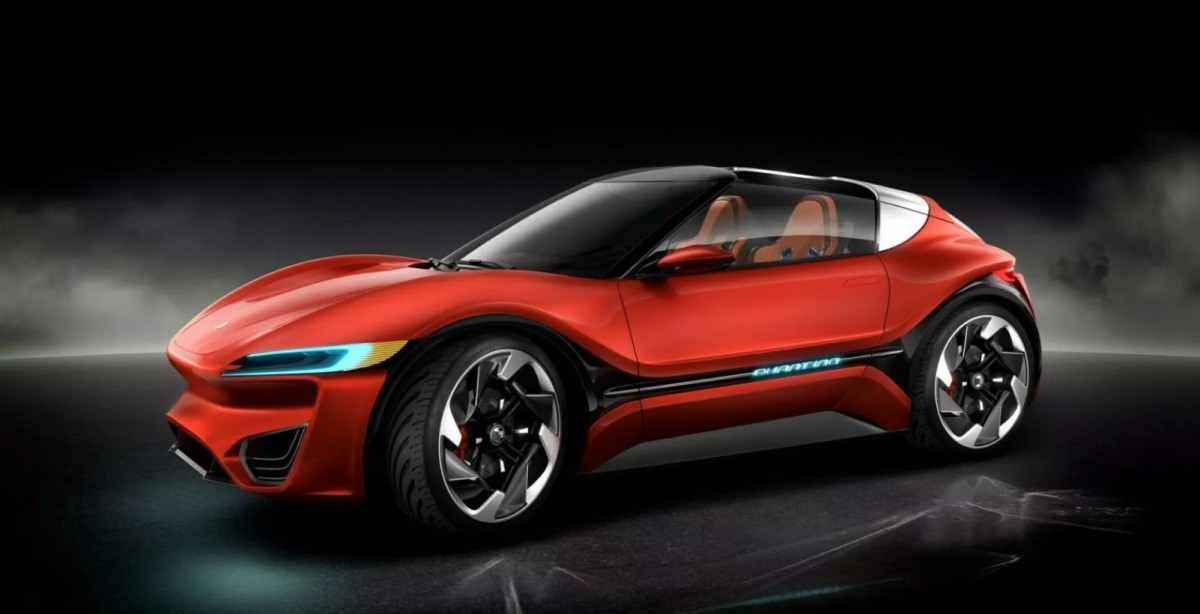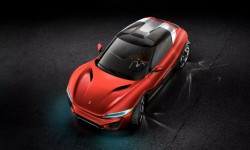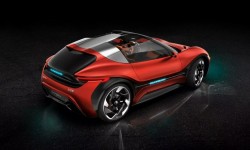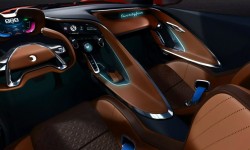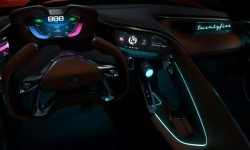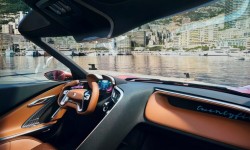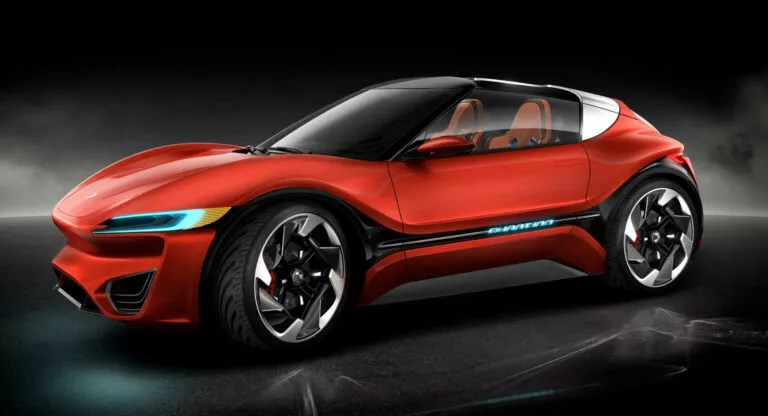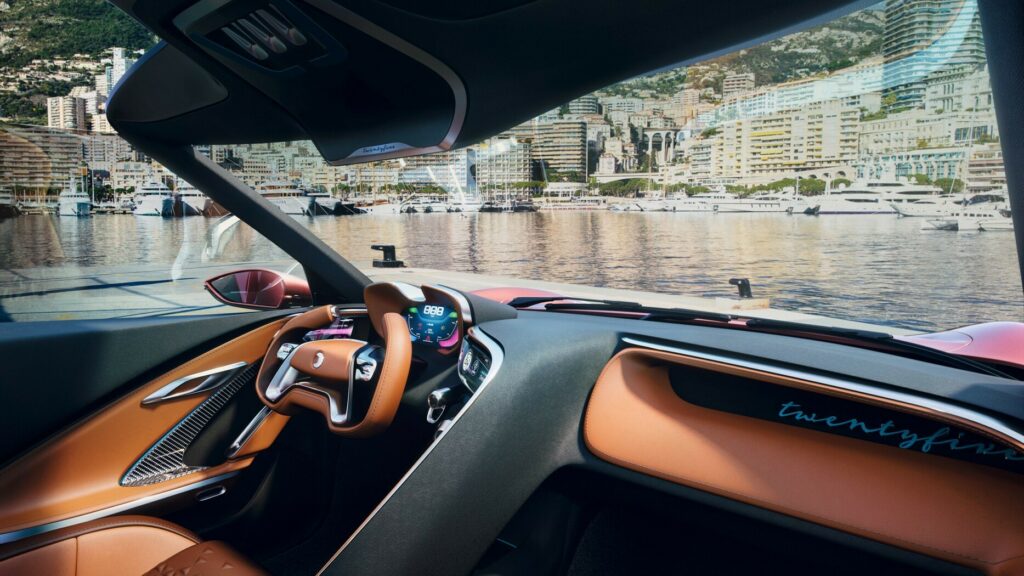El coche eléctrico que funciona sin baterías
El NanoFlowCell QUANTiNO Twentyfive utiliza la tecnología bi-ION, que permite ‘repostar’ sin tener que montar pesadas baterías.
29/12/2022
El NanoFlowCell QUANTiNO Twentyfive es un biplaza con techo tipo targa.
NanoFlowCell es una compañía que hace ya varios años apareció en el mercado con una propuesta de coches eléctricos muy peculiar: modelos de cero emisiones sin batería, que funcionaban con una solución líquida a modo de combustible.
Durante bastante tiempo ha estado en segundo plano, pero ha vuelto a dar señales de vida con el NanoFlowCell QUANTiNO Twentyfive.
Se trata de una variante de uno de los modelos que propuso en su día, con la peculiaridad de que es un biplaza con el techo desmontable. Y que, como indica su nombre, estaba previsto que se lanzara por el 25 aniversario de la compañía, que iba a ser en 2021, pero el proyecto se ha retrasado.
El coche en sí no aporta novedades respecto a lo conocido, pero su primer aliciente es que muestra un proyecto todavía vivo, y ofrece una alternativa a los coches eléctricos de
baterías.
Un coche eléctrico que reposta
El punto más interesante del QUANTiNO Twentyfive (y del resto de modelos de la marca) está en la tecnología bi-ION que utiliza.
Para no montar
baterías en sus coches, que son muy pesadas y tardan mucho en recargarse, la compañía ha optado por una solución muy llamativa y poco ortodoxa. El coche cuenta con dos grandes depósitos separados, uno de ellos con electrolitos cargados positivamente y otro con anolitos cargados negativamente.
Ambos van a parar a una membrana selectiva de iones que captura la energía generada por el encuentro de ambas partículas y, con ella, se pone en marcha el coche.
¿Un eléctrico sin baterías?
El coche, que todavía es un prototipo, empelaría dos grandes depósitos, cada uno de 95 litros, lo que le permitiría circular durante unos 1.000 kilómetros antes de tener que
repostar. Sin embargo, la compañía apunta a que en la versión de producción se podrían reducir ambos tanques para buscar una
autonomía de unos 800 kilómetros.
Es el repostaje una de sus principales ventajas, puesto que es más rápido que la recarga de una batería, pero también tiene algunos contras. Para empezar, los líquidos tienen una densidad energética de 600 Wh/l, lo que los sitúa por debajo de la de las baterías LFP (700 Wh/l). Y, sobre todo, tratándose de un sistema tan específico habría que crear una infraestructura con estaciones de servicio solo para este tipo de vehículos.
 tras muchos años parece que llega lo de NanoFlowCell
tras muchos años parece que llega lo de NanoFlowCell 


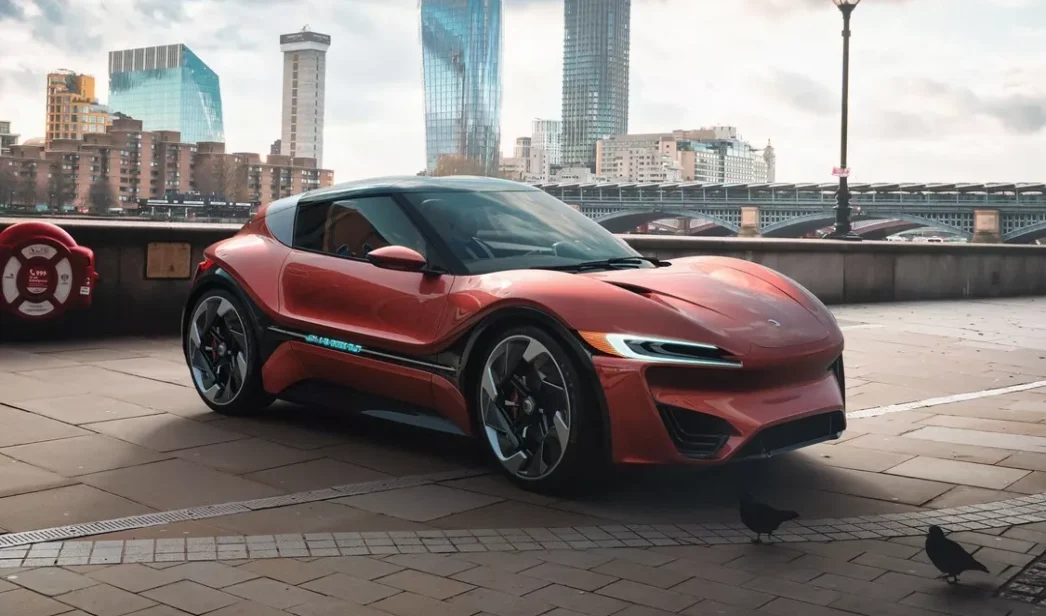
 a mi me sigue recordando al Smart Roadster
a mi me sigue recordando al Smart Roadster 







